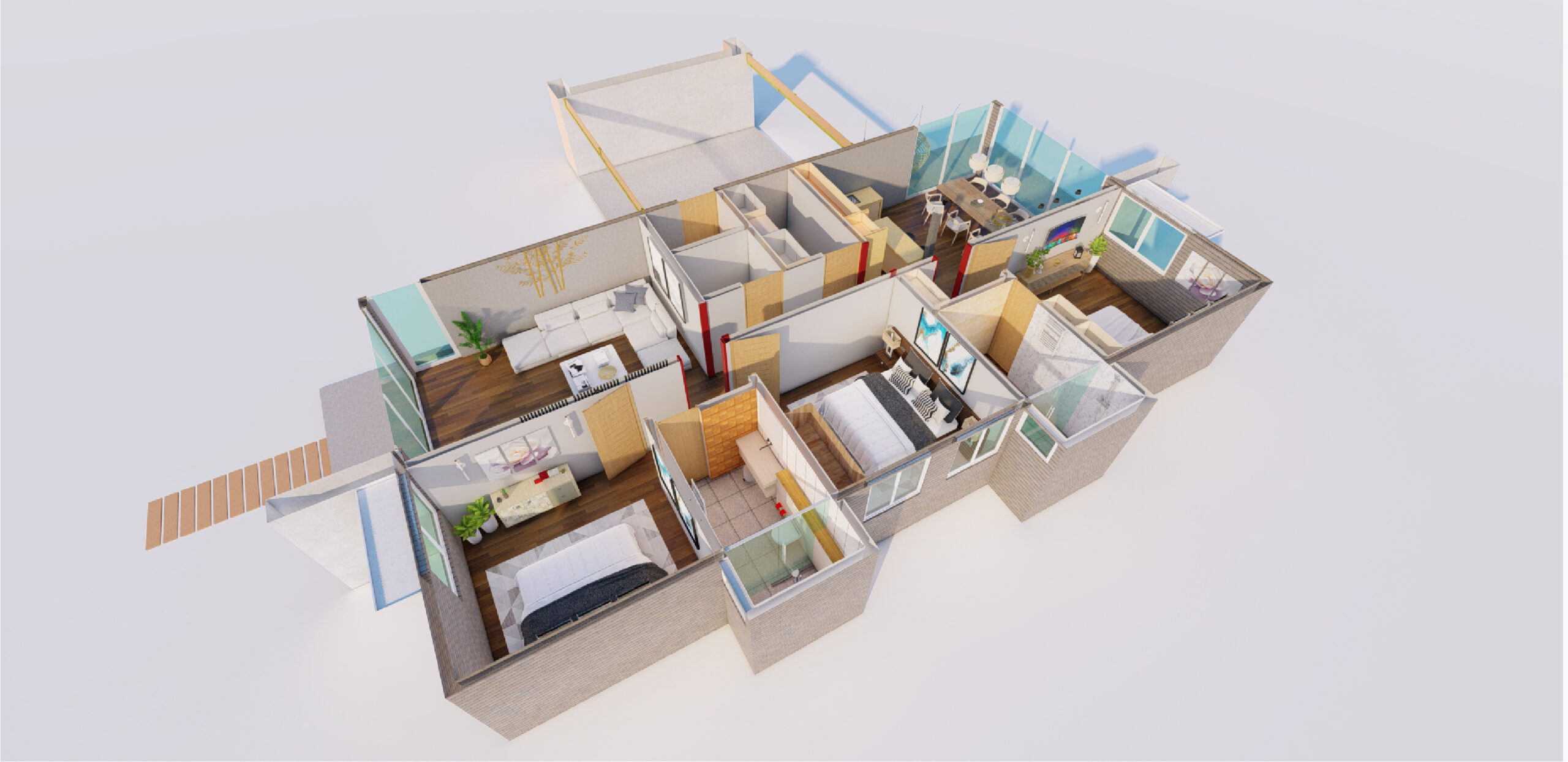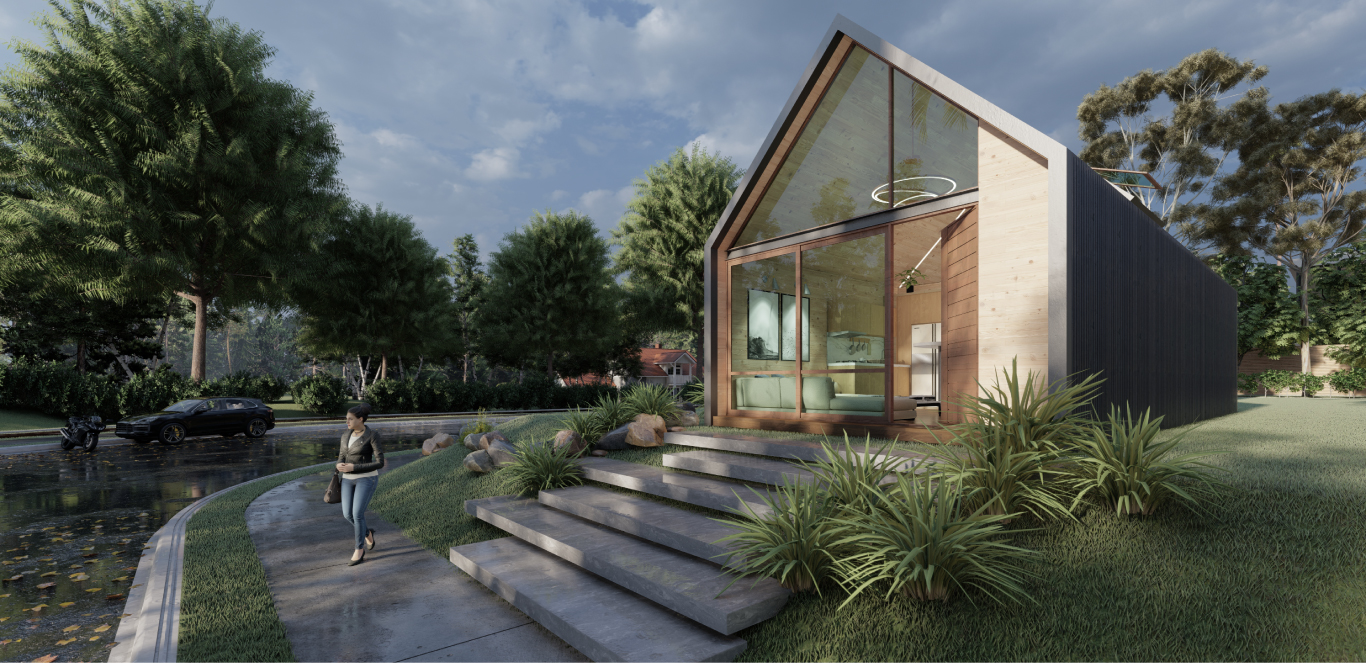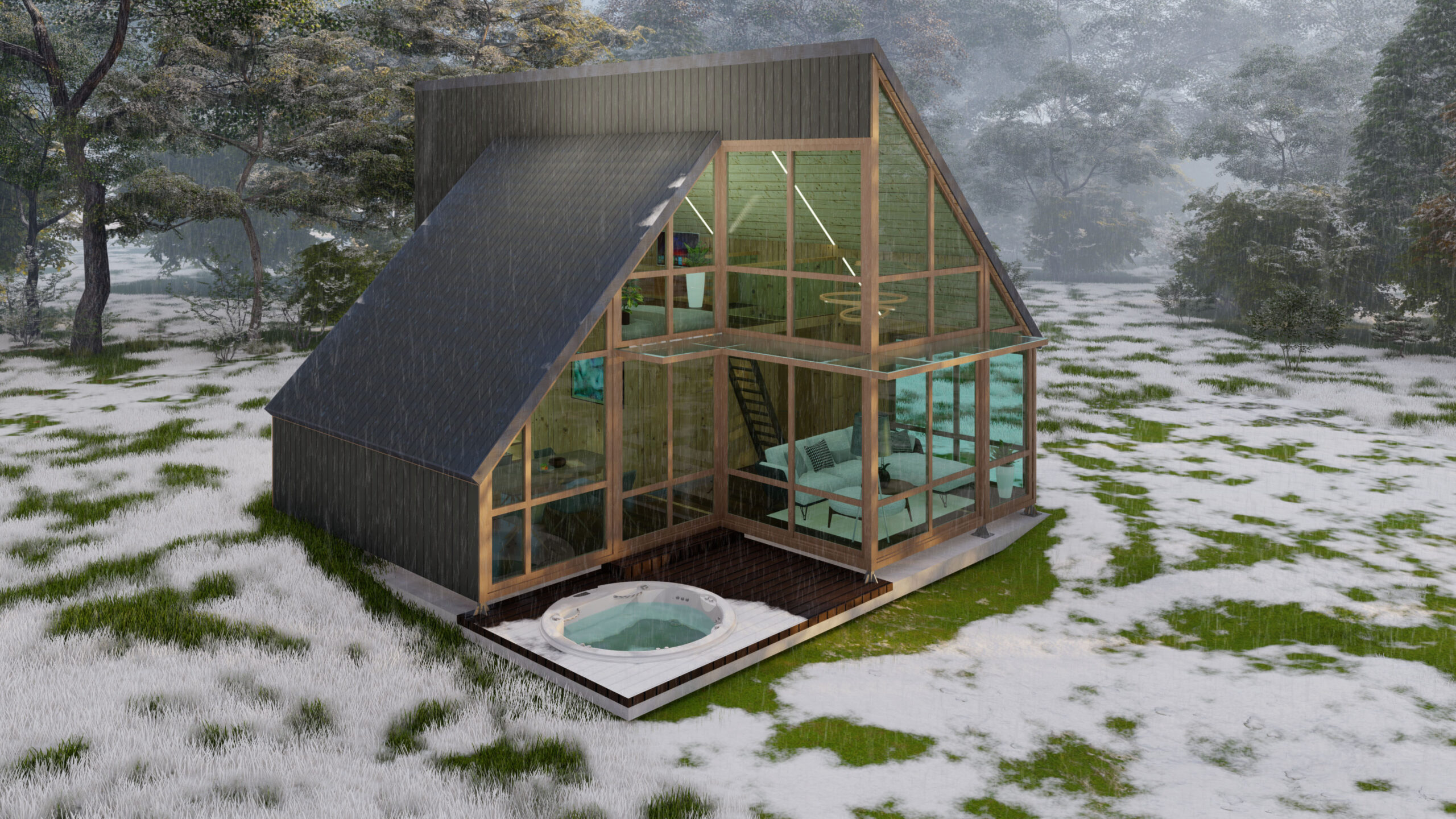
White Paper: Addressing Concerns About Modular Construction
Introduction
Modular construction has gained popularity in recent years, but some potential home buyers and contractors are still hesitant to embrace it. They have concerns about the cost, quality, customization options, delivery and installation, resale value, permitting process, maintenance, warranty, energy efficiency, location restrictions, design options, financing, and finding local builders. In this white paper, we will address these concerns and explain why they are unfounded.
Lower Cost
One of the most common concerns about modular construction is the cost. However, the cost of building a modular home is often comparable to the cost of a traditional stick-built home. In fact, the cost of modular construction can be lower in some cases because the factory setting allows for bulk purchasing of materials, and construction delays due to weather and other factors are minimized. Moreover, modular homes are built to be energy-efficient, which can result in lower utility bills over time, making them a more cost-effective option in the long run.
Quality
Some critics of modular construction argue that modular homes are of lower quality than stick-built homes. However, this is not the case. Modular homes are built in a factory setting where quality control is paramount. Additionally, the use of computer-aided design (CAD) and computer-aided manufacturing (CAM) ensures that each module is built to precise specifications. Once the modules are assembled on-site, the construction is inspected by local building officials to ensure compliance with local building codes.
Customization Options
Modular homes offer a wide range of customization options, contrary to popular belief. Home buyers can choose from a variety of floor plans, exterior finishes, and interior finishes. Additionally, modular homes can be built to match the aesthetics of any traditional stick-built home. Home buyers can choose from a range of customization options to create a home that is uniquely theirs.
Delivery and Installation
Critics of modular construction often express concerns about the logistics of delivering and installing a modular home. However, modular homes are delivered to the site in pre-built modules that are assembled on-site. This process is faster and less disruptive than traditional stick-built construction, which can take months to complete. Additionally, modular homes can be installed in a variety of locations, including remote or hard-to-reach areas.
Resale Value
Some potential home buyers worry about the resale value of modular homes. However, modular homes are built to the same building codes as stick-built homes and are inspected for compliance by local building officials. As a result, modular homes have the same resale value as stick-built homes. In some cases, modular homes may have a higher resale value because of their energy efficiency and lower maintenance costs.
Permitting Process
The permitting process for modular homes is no different from the permitting process for stick-built homes. All modular homes must comply with local building codes, and the modular home manufacturer is responsible for ensuring compliance. Once the modules are assembled on-site, the construction is inspected by local building officials to ensure compliance with local building codes.
Maintenance
Modular homes require the same level of maintenance as stick-built homes. Homeowners must maintain the exterior finishes, roofing, and HVAC systems. However, modular homes are built to be energy-efficient, which can result in lower maintenance costs over time.
Warranty
Modular homes come with the same warranties as stick-built homes. Homeowners can purchase warranties that cover structural defects, roofing, and HVAC systems. Additionally, modular home manufacturers often offer warranties that cover the modular home’s construction and delivery.
Energy Efficiency
Modular homes are built to be energy-efficient. The factory-controlled environment allows for tighter construction tolerances, which reduces air infiltration and improves energy efficiency. Additionally, modular homes are built with energy-efficient materials, such as insulation and windows, which can result in lower utility bills over time.
Location Restrictions
Modular homes can be installed in a variety of locations, including neighborhoods with strict homeowners associations or building codes. Additionally, modular homes can be built to match the aesthetics of any traditional stick-built home, which ensures compliance with local building codes and aesthetics.
Design Options
Modular homes offer a wide range of design options. Home buyers can choose from a variety of floor plans, exterior finishes, and interior finishes. Additionally, modular homes can be built to match the aesthetics of any traditional stick-built home.
Financing
Financing a modular home is no different from financing a traditional stick-built home. Home buyers can secure financing through traditional mortgage lenders, and modular homes are eligible for the same tax benefits as stick-built homes.
Finding Local Builders
Finding local builders who are experienced in constructing modular homes are no different from finding local builders who are experienced in stick-built construction. Home buyers can work with modular home manufacturers to find local builders who are experienced in modular construction.
Proof
- Lower cost: “Modular homes can cost 10 to 20 percent less than site-built homes,” according to the National Association of Home Builders (NAHB). (Source: https://www.nahb.org/learn/types-of-homes/modular-homes)
- Quality: “Modular homes are built indoors, so there are no weather delays, and the building materials are never exposed to the elements,” according to the NAHB. “This means that your home will be built with a level of precision that can’t be matched with traditional, site-built construction.” (Source: https://www.nahb.org/learn/types-of-homes/modular-homes)
- Delivery and installation: “Modular homes are built in a factory setting and transported to the site in modules



